- At present, there are still more than 30,000 karez in Iran, which are still reliable water sources in many parts of Iran
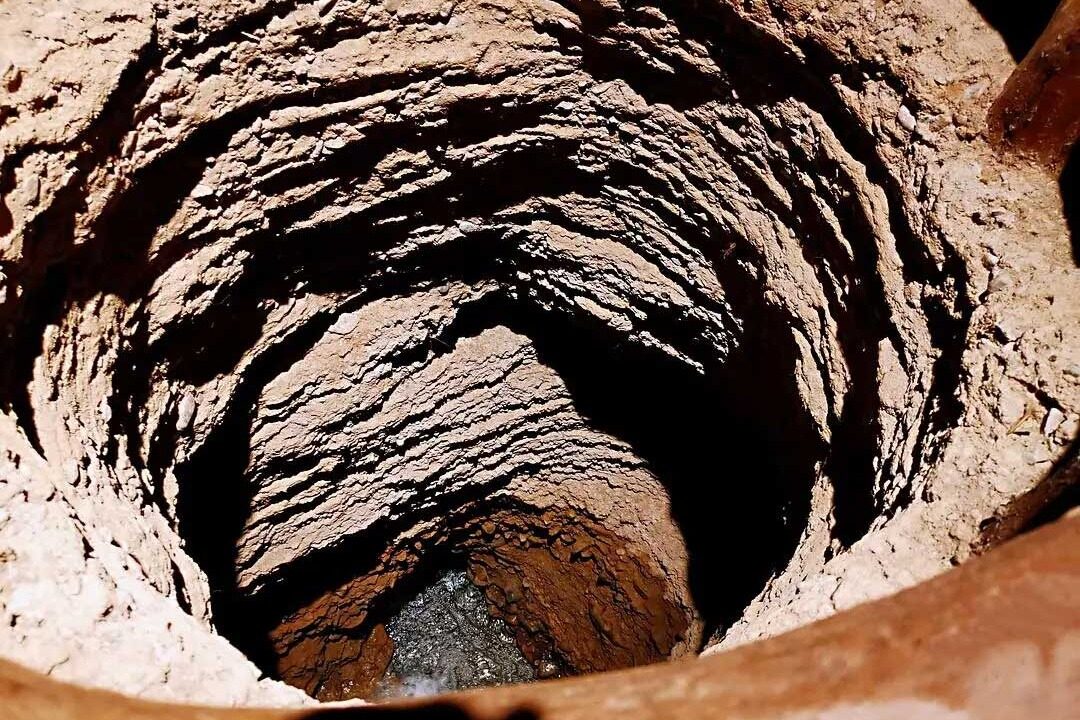
Karez is an ancient irrigation technique in Iran. A long tunnel is dug under the arid ground, allowing local residents to fetch water from underground aquifers, and can also provide residents with water in harsh environments. Karez was originally a deep well dug in the high ground, and finally a tunnel was dug to select the outlet to flow into a kind of stream that flows into the living area of the residents.
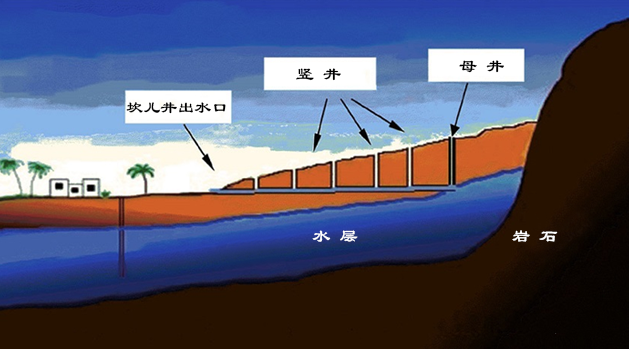
Kanda wells take water from the underground mountains upstream and below the alluvial fan, and channel it through a series of gently sloping tunnels, often several kilometers long, to where it needs to be irrigated and used by residents. The development of karez probably started in Iran about 2500-3000 years ago and spread eastward to Afghanistan and westward to Egypt.
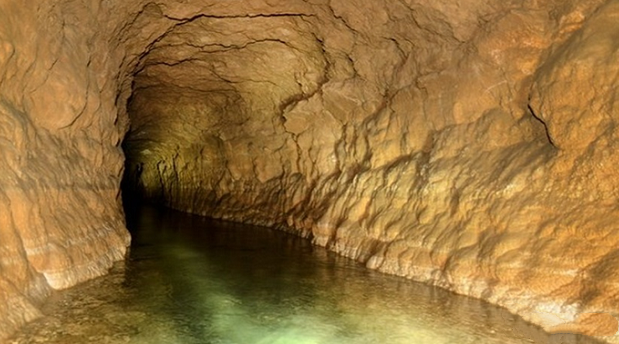
British researchers believe that the construction of the aqueduct dates back to several different periods. At first, the aqueduct was built by the Iranians. Influenced by the innovations of the Iranians, the Romans built a karez-like water network during their rule in Egypt.
According to Iranian archaeologists, the remains of an irrigation system discovered in 2014 near the Samari dam in Ilam province date back to 4000 BC.
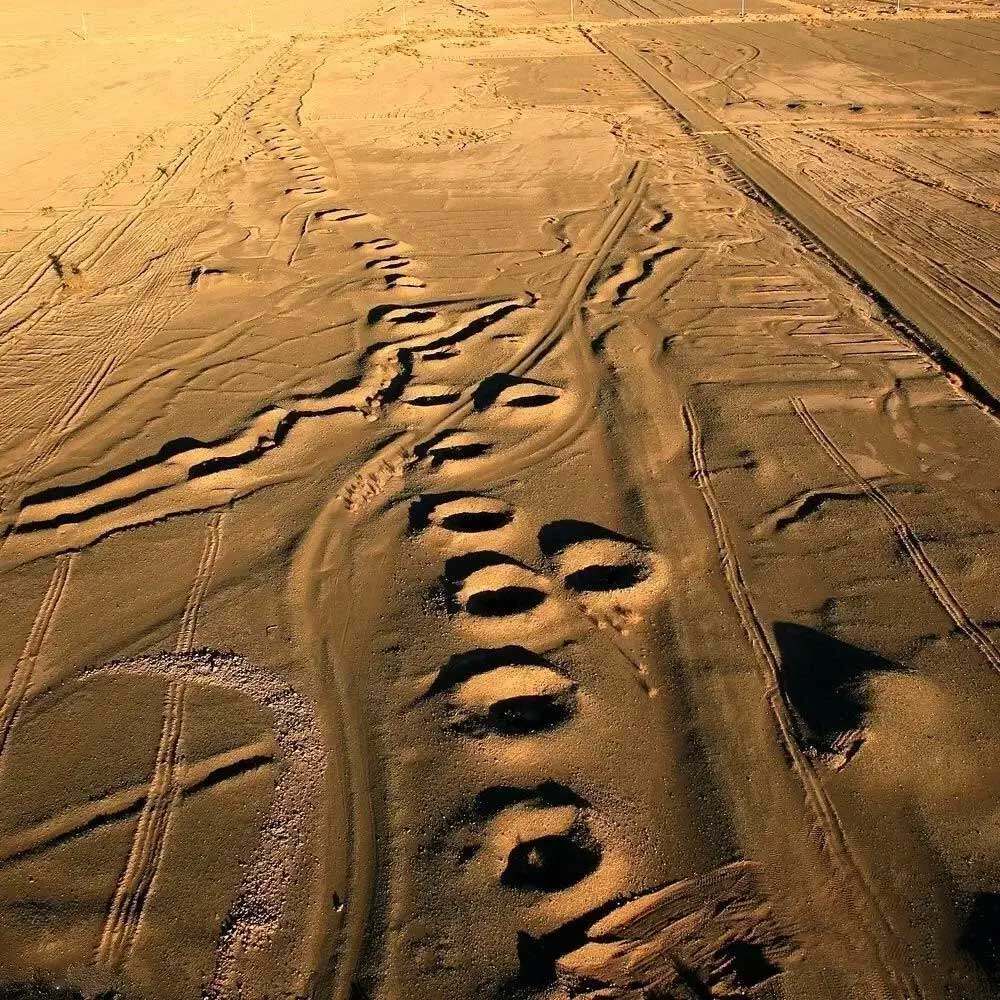
Karez is an outstanding proof of providing domestic water to the inhabitants of arid areas, and its application technology has played a crucial role in the formation of various other civilizations. Its importance to arid regions is reflected in the name of the Iranian desert plateau, known as the "Kare Well Civilization". The distribution of alluvial fans in the plateaus and deserts of Iran is closely related to the distribution pattern of karez wells in the country. The water supply system also reflects the unique living and cultural tradition of public water resources management.
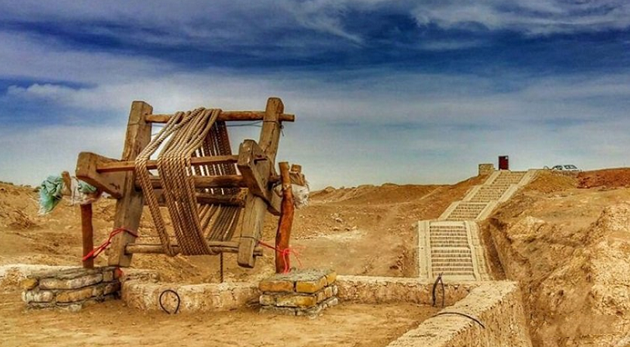
The length of the karez well water diversion tunnel can vary according to the living area and the irrigation area of the residents. Deep wells can be dug along the way to take water, providing a relatively stable water source for the residents along the way. The Middle East is one of the driest regions in the world, with very low annual rainfall. Therefore, there is insufficient water to maintain the growing population. Faced with such a geographical environment, the Persians have created such a new method of obtaining groundwater, so that the originally arid area can still live and develop.
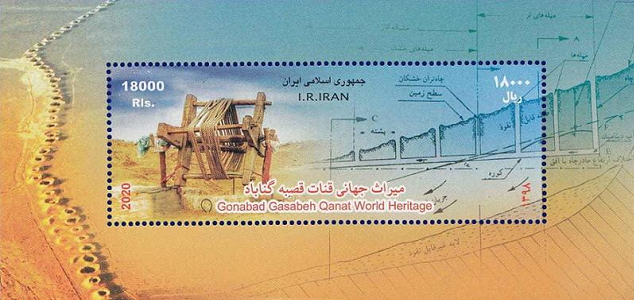
Despite the rapid changes in science and technology over time, the karez has remained a reliable source of water for many parts of Iran since its invention. At present, there are still more than 30,000 karez in Iran, and they still flow enough water for the residents in these areas to make up for the lack of water supply due to low precipitation. For example, the Gonabad karez water supply system in Khorasan province was built by the Achaemenids in the 6th century BC, yet the long and complex tunnels, wells and outlets are still in use today.
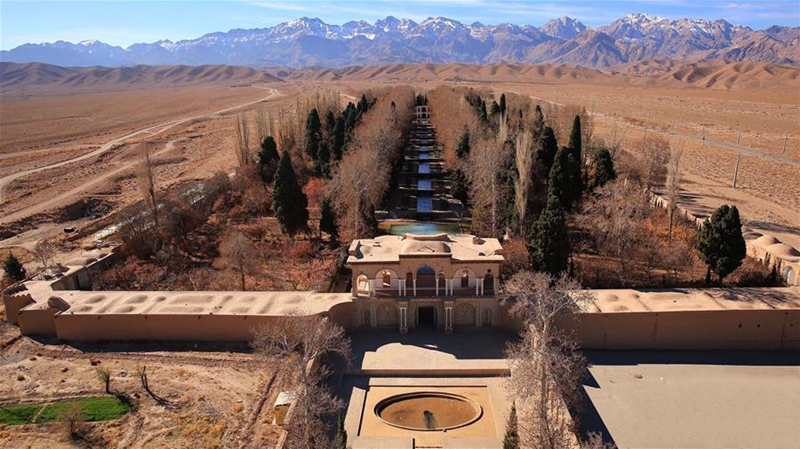
In July 2016, UNESCO announced that 11 karez wells in Khorasan, Yazd, Kerman, Isfahan and Central Province in Iran were included in the World Heritage List as a whole. Editor/He Yuting
Comment
 Praise
Praise
 Collect
Collect
 Comment
Comment
 Search
Search



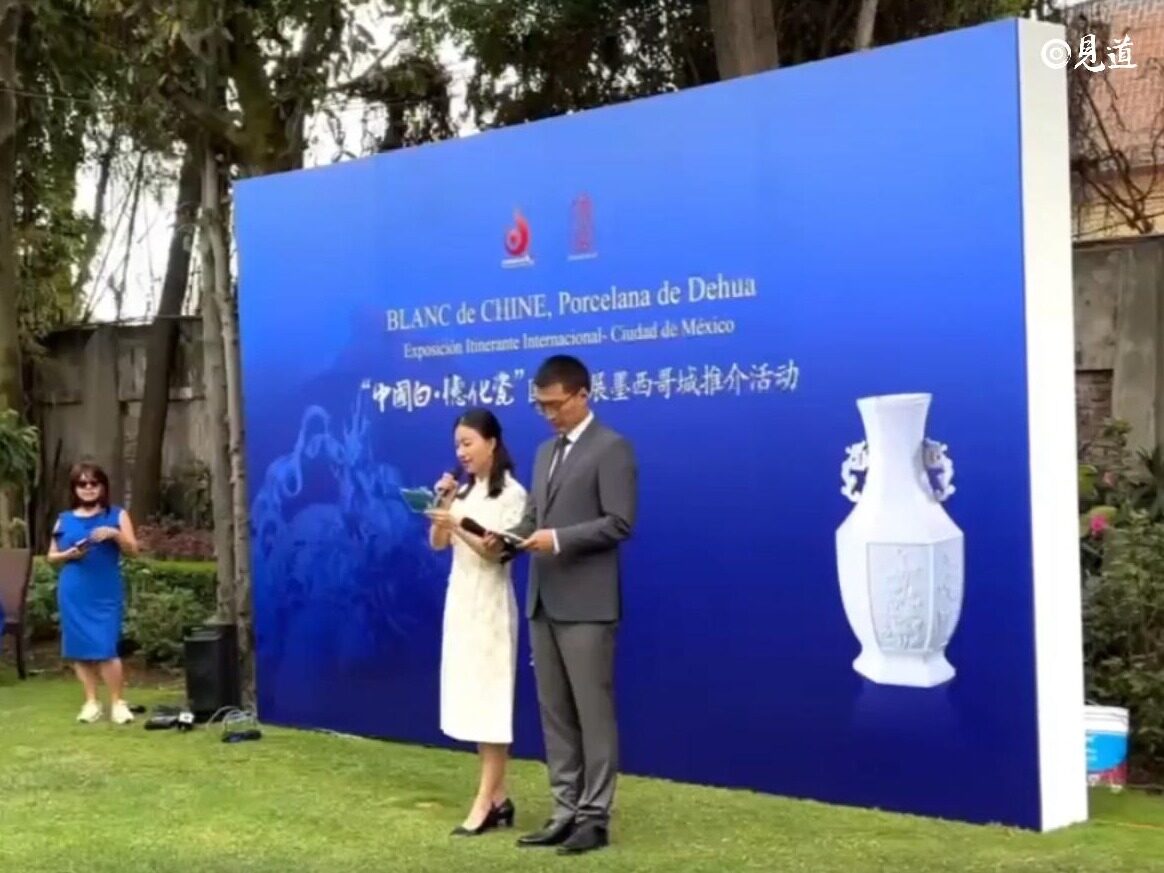

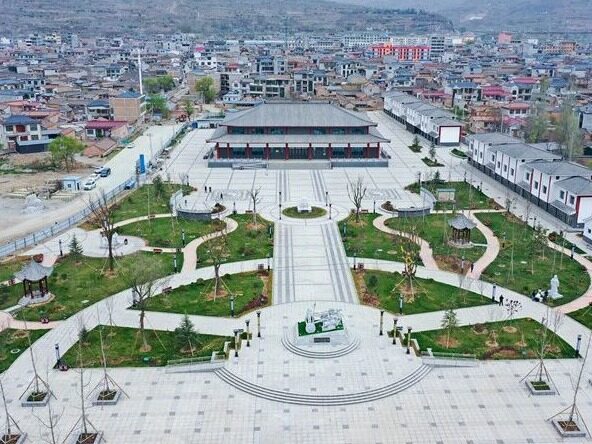
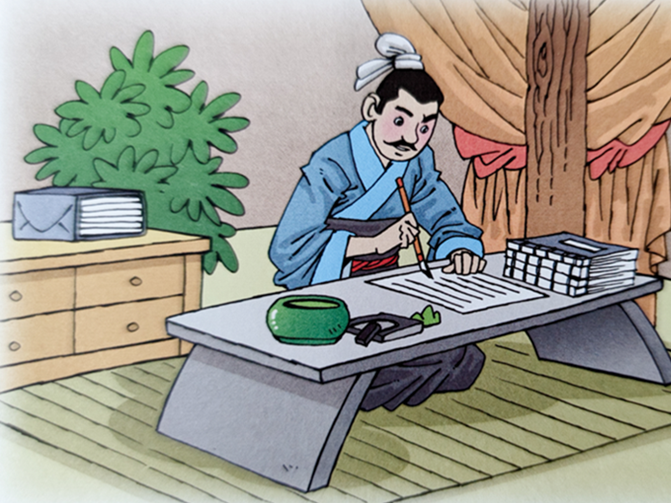
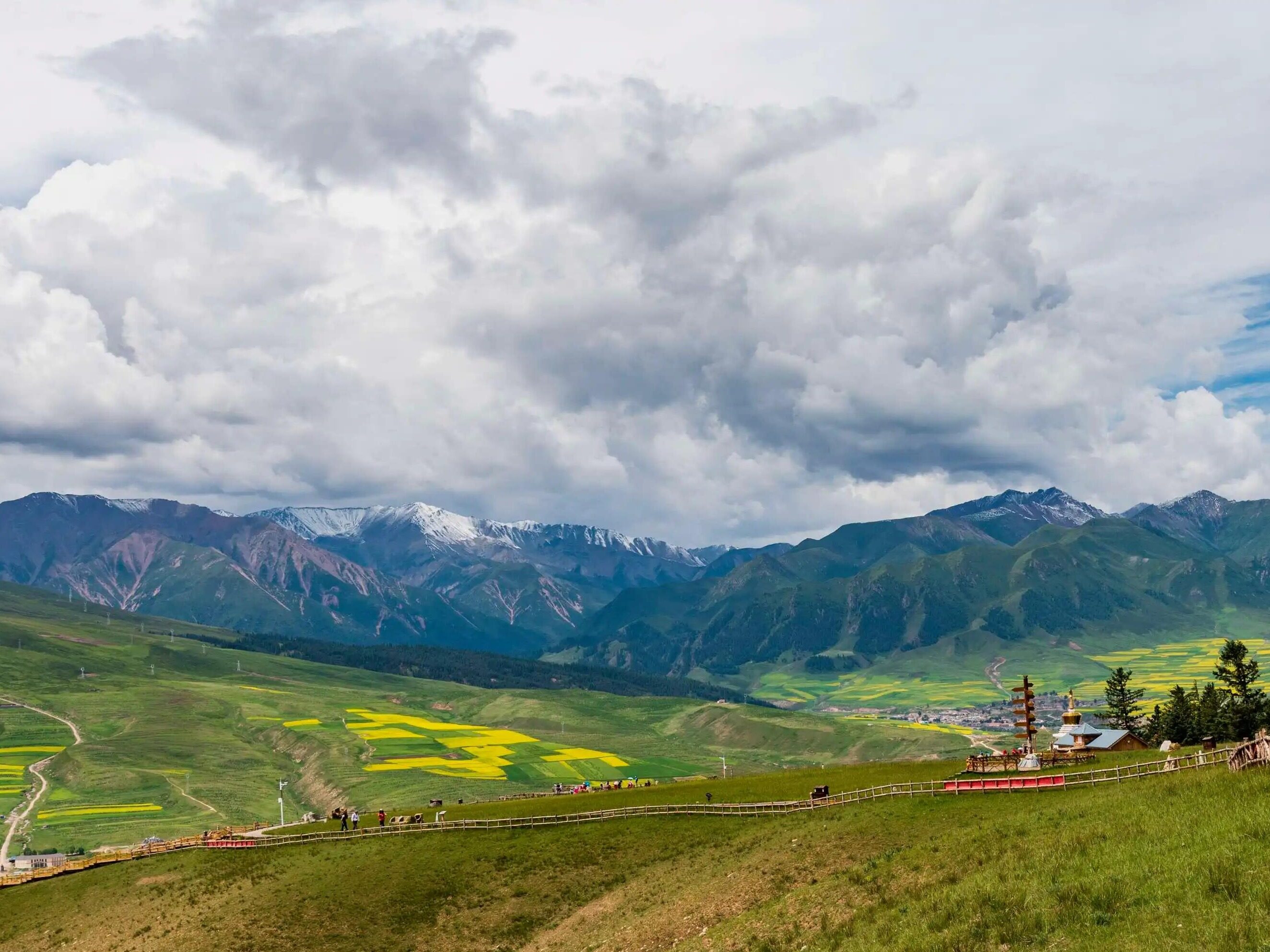






Write something~